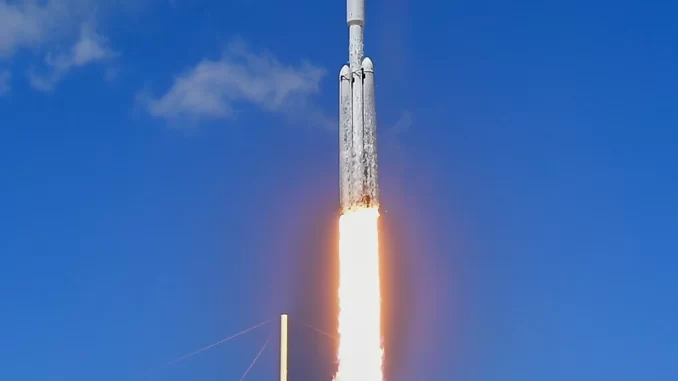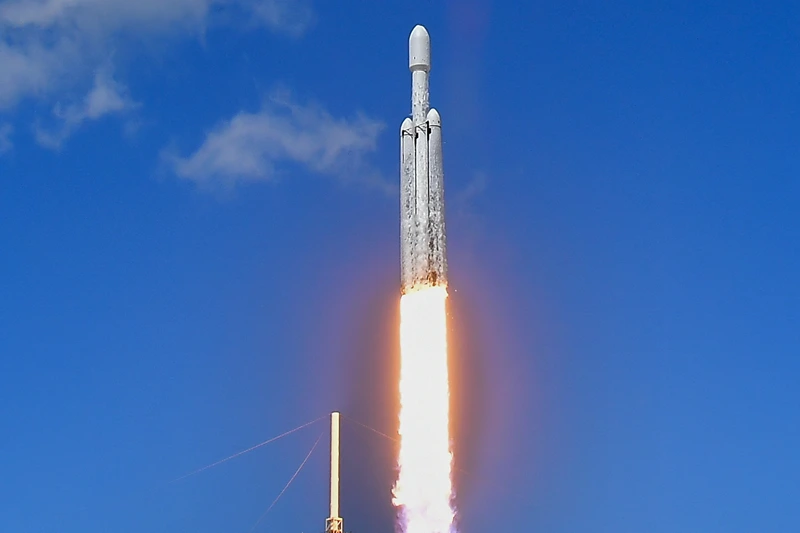

OAN Staff Abril Elfi
4:50 PM – Monday, October 14, 2024
NASA has launched the Europa Clipper spacecraft rocket to explore Jupiter.
Advertisement
On Monday, the spacecraft left for Jupiter to explore the planet’s moon Europa and reveal whether its vast hidden ocean might hold the tight conditions for life.
“Europa is the sixth-largest moon in the Solar System and Jupiter’s fourth-largest satellite. Despite its cracked and discolored appearance, it is the smoothest solid object in the Solar System; its highest peaks, of which there are few, only reach a few hundred meters tall, and large craters are rare,” according to planetary.org.
After traveling 5 1/2 years to reach Jupiter, Europa Clipper will enter a low orbit around the massive gas planet and make numerous fly-bys that are drenched in radiation, allowing it to get extremely close to Europa.
Under Europa’s icy crust, scientists believe that a vast, global ocean exists. The moon is one of the most promising locations to look for life because where there is water, there may be life.
As it peers beneath the ice for favorable conditions, the spacecraft will focus on the elements required to support life, looking for organic compounds and other hints.
SpaceX commenced Clipper on its 1.8 billion-mile journey, launching the spacecraft on a Falcon Heavy rocket from Florida’s Kennedy Space Center.
“Please say goodbye to Clipper on its way to Europa,” NASA’s Jet Propulsion Laboratory’s flight director Pranay Mishra announced from Southern California.
“The science on this is really captivating,” NASA Associate Administrator Jim Free told The Associated Press back at the launch site.
He continued, saying that scientists are still learning about the depths of our own ocean “and here we are looking that far out.”
NASA discovered that Clipper’s transistors might be more susceptible to Jupiter’s strong radiation field than initially thought. Over the course of the 49 fly-bys of Europa, Clipper will withstand the equivalent of several million chest X-rays.
The space agency reviewed everything for months before deciding in September that the mission could go forward as scheduled.
With its solar wings extended, Clipper, which is about the size of a basketball court, will swing past Earth and Mars before traveling to Jupiter to receive gravitational assistance. By 2030, the nearly 13,000-pound probe should arrive at the largest planet in the solar system.
Unlike the few prior visits, the spacecraft will skim as low as 16 miles above Europa. The moon’s ice sheet, which is thought to be between 10 and 15 miles thick, will be penetrated by onboard radar if everything goes accordingly. It’s also possible that the ocean below is 80 miles or deeper.
Exploration is officially set to last until 2034.
Stay informed! Receive breaking news blasts directly to your inbox for free. Subscribe here. https://www.oann.com/alerts
Advertisements below






Be the first to comment